INESC TEC came about by chance but has remained ever since. Rute Ferreira knows the institution like few others. She arrived to design web pages more than two decades ago, and now she’s part of the secretarial team. In a “very cool place”, where all days are different, she reunited with drawing – with “millions” of sketches –, she found ways to “unlock” her (immense) creativity, and she got the courage to find a safe space.
Near the turn of the century, in a room of a building in Largo de Mompilher, in downtown Porto, an intern looked at her clock – already moving towards 8 p.m. – and asked if she could leave. The reply came also as a question: “Are you still here?”. No one noticed Rute Ferreira on her first day at INESC.
Now, this is no longer the case, and it’s hard not to notice her: every day, she walks swiftly through the halls of the building, holding papers. Outgoing and quick-witted – often disarming –, she knows all those who work behind each door. She arrived 25 years ago with a duty: to develop web pages. She ended up working at three different headquarters, with different tasks: preparing account reports, supporting the first BIP (INESC TEC newsletter) team, and reuniting with drawing. Now, she’s part of the secretarial team.
The fear of asking questions is long gone. Especially since Rute loves “dealing with people” – and this is what she has been doing for the past 25 years at INESC TEC, a “very cool place” where she can be who she wants. At her desk – where she doesn’t spend much time –, wearing a t-shirt with a picture of Freddy Mercury, she recalled how her experience here “occurred”: “I took a 12-month course, with the final three months working as an intern. I had never heard of the Institute before. When I realised the institution focused mainly on engineering, I turned my back and said: ‘I don’t want to stay there, everything seems difficult and complicated’”. But she ended up staying. This connection – sketched in the pages of the Moleskine notebooks she keeps stored wherever possible – began in 1999.
A newsletter born from laughter
Rute enjoys the lack of routines. In Mompilher, Rua do Pinheiro (now part of the Faculty of Engineering of the University of Porto), all days at the Institute were different: “There were always new things happening; if you started digging, you would find many different things, for sure”, she pointed out. And then, chance happened, and a connecting grew stronger. First: reuniting with drawing, at a time where “there was no stationary”, and the BIP took its first steps. The year was 2002.
“Basically, in the early days of BIP, Professor Vladimiro Miranda presented some ideas, and we spent a couple of hours laughing and talking nonsense, before designing the next edition. At the time, it was a small endeavour. We created the ‘Asneira Livre’, to write some amusing stuff and the ‘Insólito’ section; Professor Vladimiro had the bright idea of creating ‘Biptoon”, a comic strip. And I was the only person talented enough to draw, so I took on the responsibility. That’s how I started to draw while working at INESC TEC”, she explained.
This was Rute reuniting with drawing. Drawing appeared quinte early, acting as an introduction to Rute’s tenacity and fighting spirit: “I soon discovered that I liked drawing; however, in fifth grade, my teacher told me that what I wasn’t good enough; so, I got home, and since my father was a good artist, I practiced to prove her wrong. I realised that I enjoyed it and started competing with my father”.
Rute (and a notebook) in the former Soviet country
Then came the vast rows of Moleskine notebooks, diaries documenting all the years that passed – and Rute is sure she has millions at home, with hundreds of drawings scattered around INESC TEC. And things did not stop there. From the sketches, she made her way to “several handicrafts”: earrings, necklaces, woodwork, t-shirts, paintings, etc. A lightbulb moment took place at INESC TEC: “I really liked Mordillo sketches, so I printed several books and started scribbling until things got more serious, with Biptoon”.

The sketches began to emerge from the notebooks and ‘colonise’ the desks and drawers of fellow colleagues: “Everyone found them amusing and wanted to buy them. The author of a relatively well-known blog also published my drawings. From that moment on, word got around at INESC TEC, and I started to get requests. At a certain point, it became hard to meet all demands, it’s almost like a full-time job”.
And that was not good: “When you feel obligated to do something, even if you enjoy it a lot, you stop finding it pleasurable”. Drawing is also a creative outlet for Rute. Her work is not boring at all – she has faced many challenges over the past 25 years. However, sometimes you just need something to “unblock” your mind. In 2010, when she felt this more urgent need, she decided to go to college.
“I needed new challenges”, she mentioned. She was working as a secretary and stirring up some ideas. She joined the Press and Translation course at ISCAP. Unbeknownst to her, she was paving the way for a transformative experience. And chance struck again: when she was asked to choose a foreign language, between German and Russian, she chose the latter. After two weeks, she had her first test – not at college, but at work: “I had only attended a few classes, and we welcomed a Russian delegation; Professor João Peças Lopes asked me to go ‘undercover’. I did, and I heard a lot of Russian words; here’s what I learned: ‘goodbye,’ ‘hello,’ and ‘water’. Months later, I travelled to Moscow, thanks to the foundation of the Russian teacher’s mother”. INESC TEC gave her the “thumbs up”, and Rute spent a month in Russia.
It was all very fast. She saw a name written in Cyrillic on a sign at the airport, and they just “put her in a van” – she feared she would end up in a lockup. The Russians were not very friendly. However, Rute said “it was the best experience of my life”.
“The first day was terrible, and I thought everything was horrible; I remember waking up thinking it was a nightmare. Once, I ventured alone through Moscow, with a Moleskine notebook. I thought, ‘You speak Russian, so you must find your way’. I never felt afraid, and I grew up a lot during that time. That day, I felt braver than I ever had before. I felt that I could fly”, she recalled.

Pushing the limits
From the East, Rute brought back a notebook filled with notes and a blog where she would narrate her daily life in Moscow. Besides the trip, the course was important to improve her skills (meetings, logistics, and all other duties that involved “dealing with people”). And this is the word Rute emphasised: “people”. “I’m not the most patient person, but I truly love dealing with people”, she confessed. She met hundreds of them – many are still her friends. “It’s the best thing about INESC TEC: I made several good friends here. I started working here when I was only 21 – almost my whole life is here. Out of all these years, I just miss those who are no longer here”.
Rute became emotional before talking about the Centre for Power and Energy Systems and her relationship with Professor Manuel Matos, whom she “loves”. The same happened when she spoke about Júlia Martins and Fátima Teixeira – “unique people” who have become her family: “When I arrive, the first thing I do is turn on the computer and go find them to give them a hug”. In recent years, she has developed a “quite funny” repertoire with Professor João Paulo Cunha, who lets her “push the limits”.
“He lets me be myself. I always believed that to be a secretary, one must be a certain kind of person and dress and act accordingly. He explores my peculiar character and lets me be myself and do things my own way”, she explained.
“They will have to put up with me until the very end”.
Many challenges – and almost 24 years – later, she reconnected with her initial work at INESC TEC: she returned to the Communication Service (SCOM), the “home” of BIP and the “most artistic place in the institution”. “My return was meant to be; this is place I need to be. Now, I have the SCOM colours to brighten up the ‘grey’ of my secretarial work”, she mentioned.
After many milestones, and almost 15 years working as a secretary, she feels she’s yet to show her “leadership and people management skills” and do something different. “Sometimes I think I’m not cut out to be a secretary; I came here to design web pages, and now I work as a secretary. But if they asked me to do anything else completely different, I believe I’d adapt quite easily”.
She still has time. A few years ago, a collective initiative invited the INESC TEC community to write a letter that will only be opened in the future. The question was: “how do you picture yourself in the next 10 years?” Rute, always straightforward, replied: “I don’t think I’ll be here anymore”.
“But they will have to put up with me until the very end. I never worked anywhere else; I joined when I was 20 years old; things went quite well, so I ended up staying”. And she’s still here.



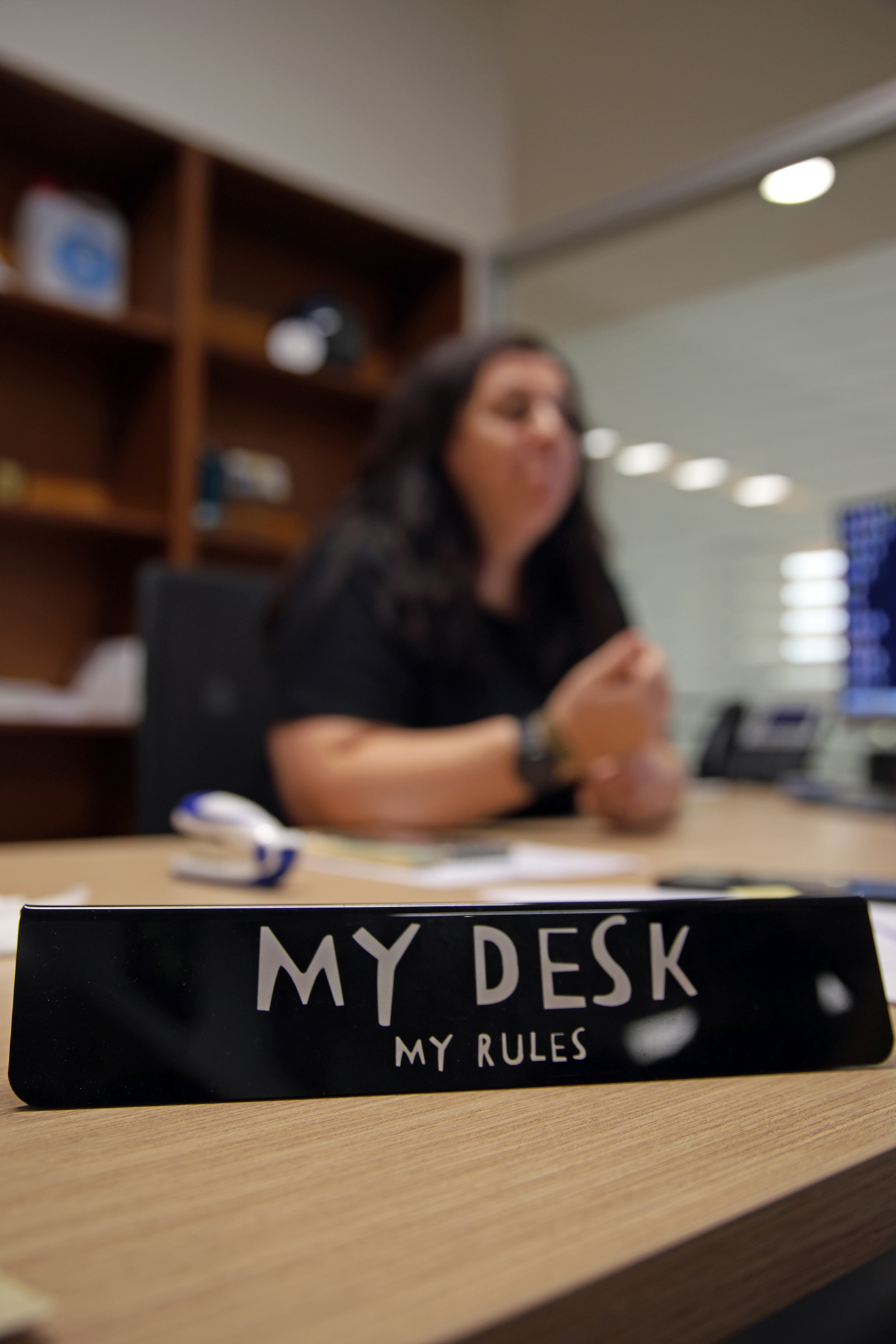
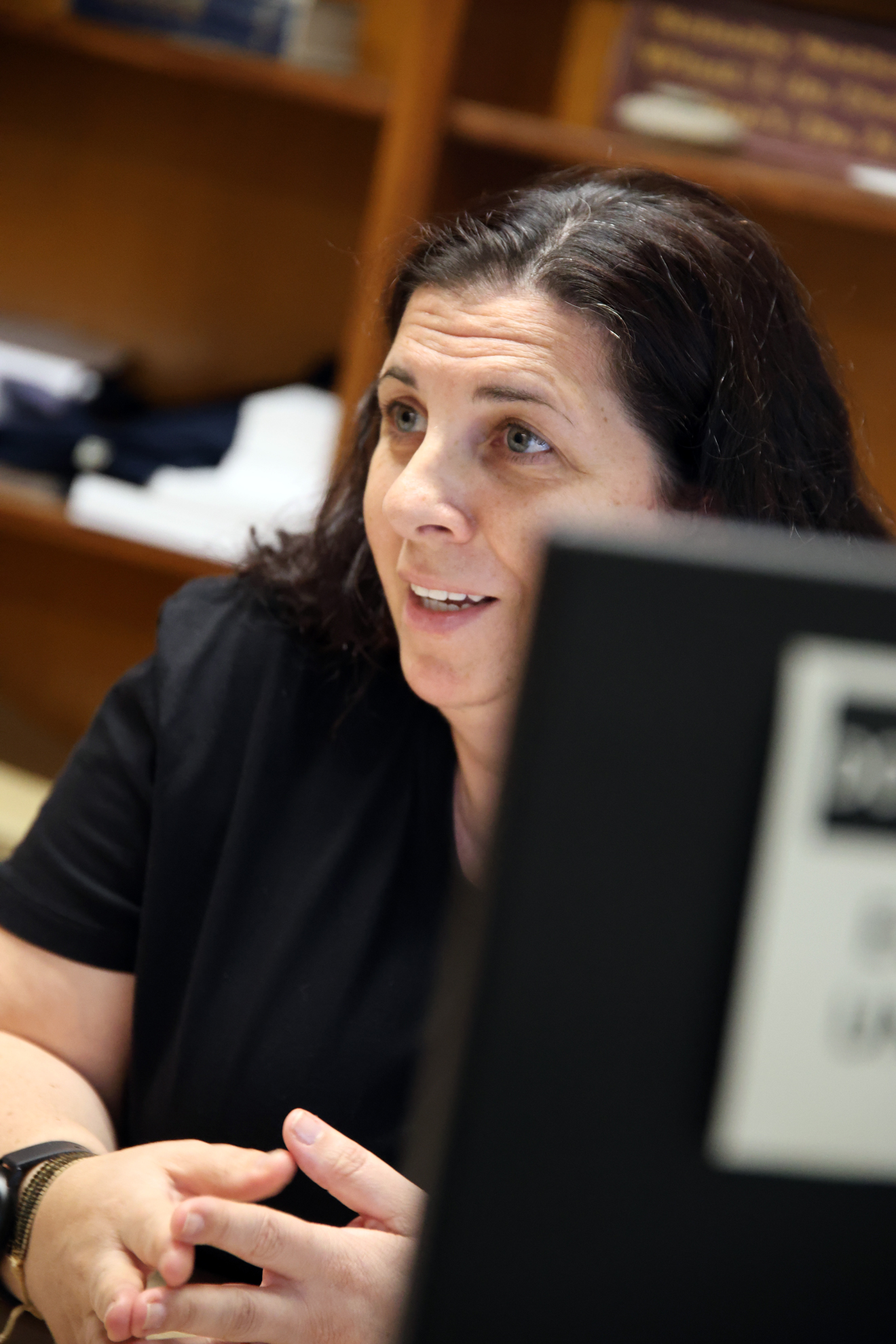

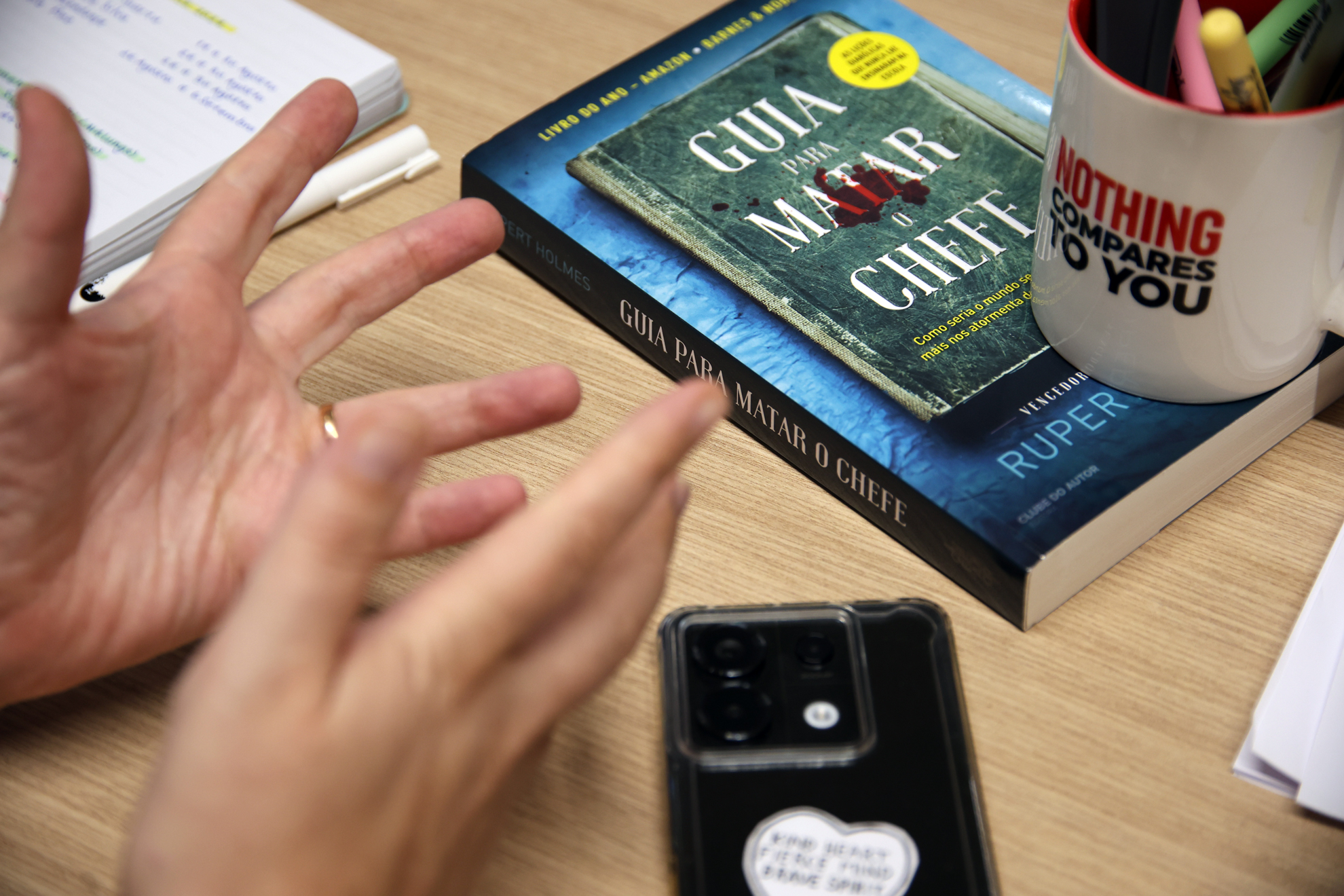


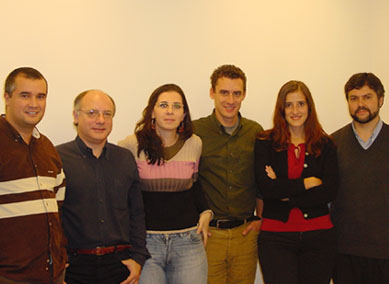

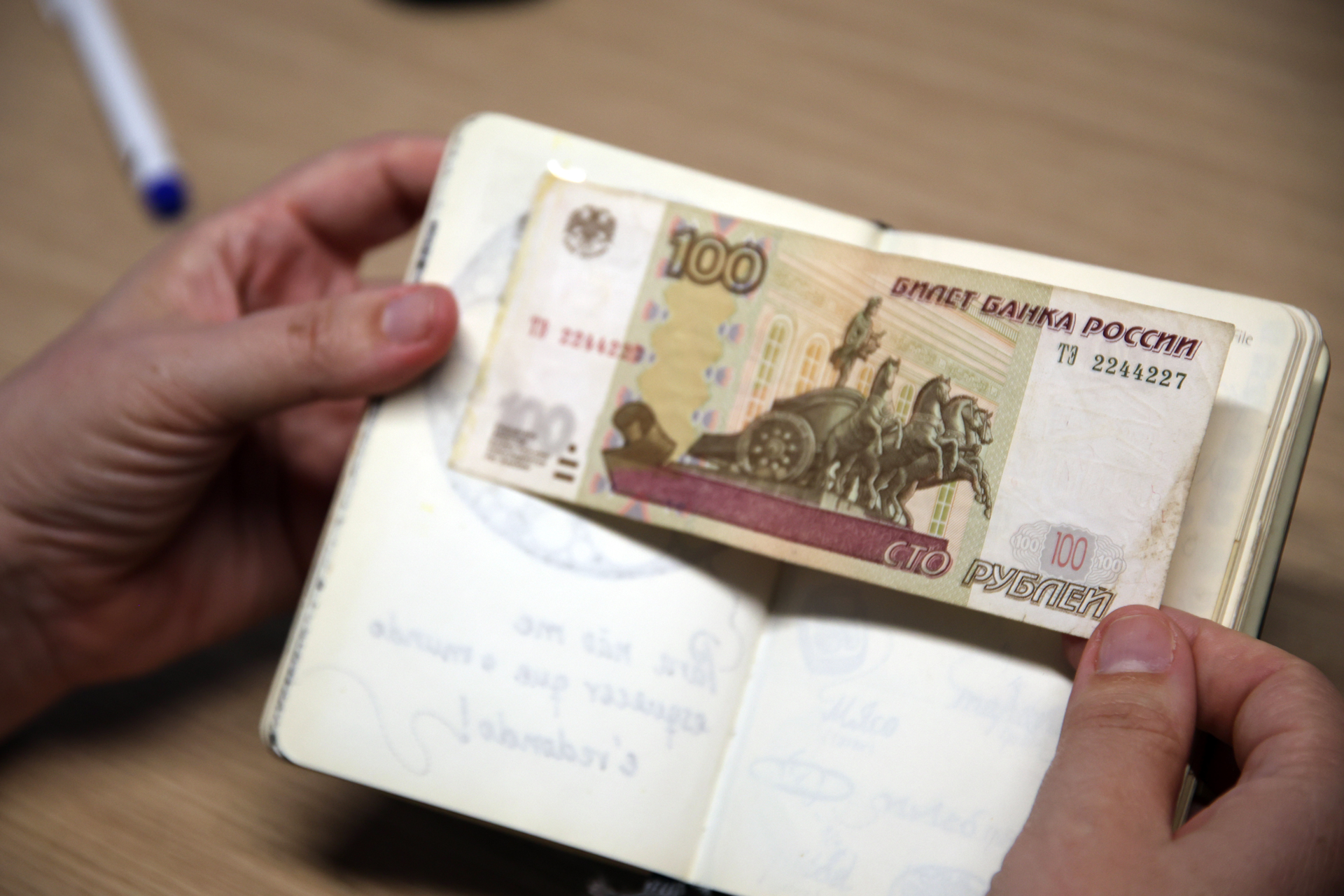


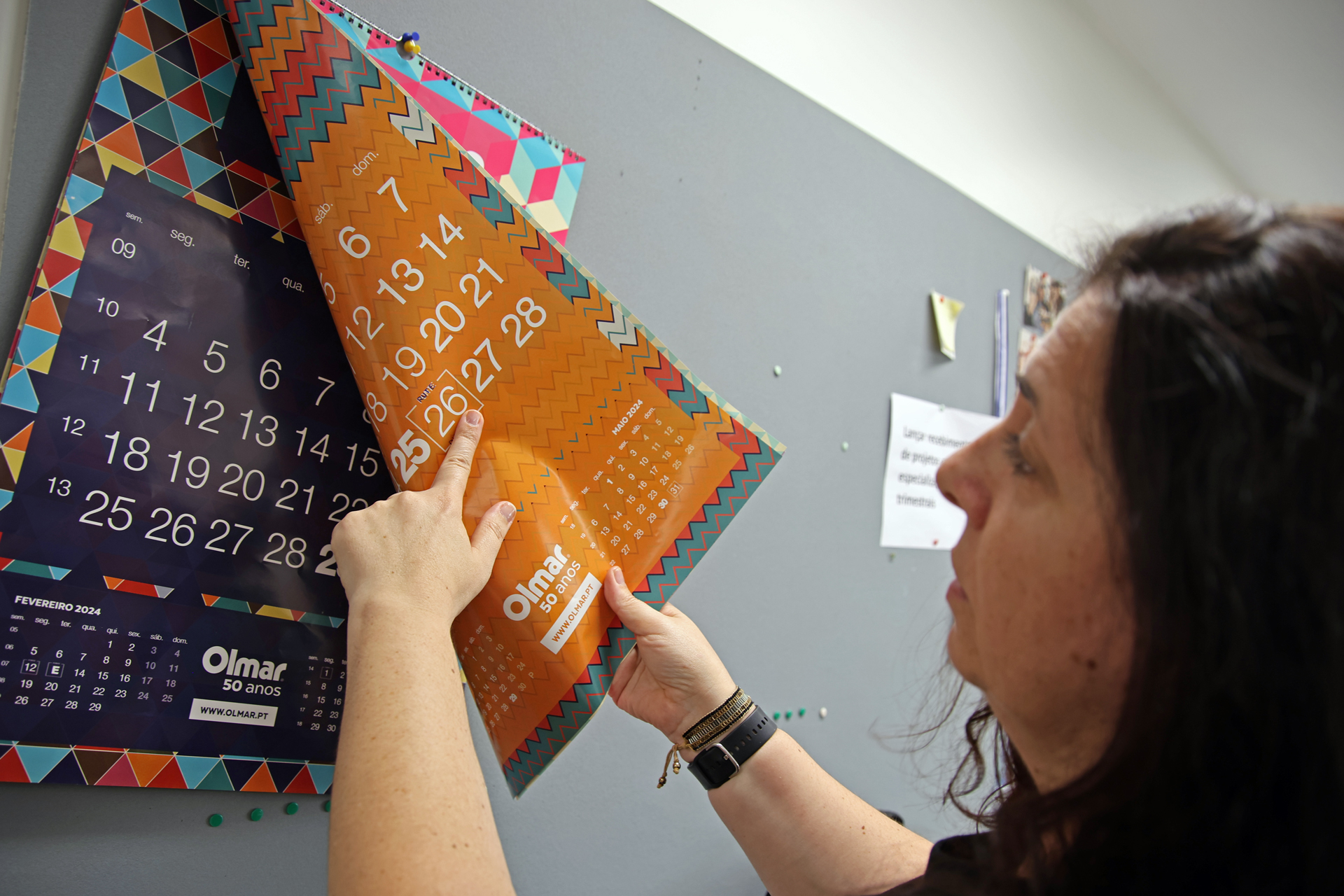
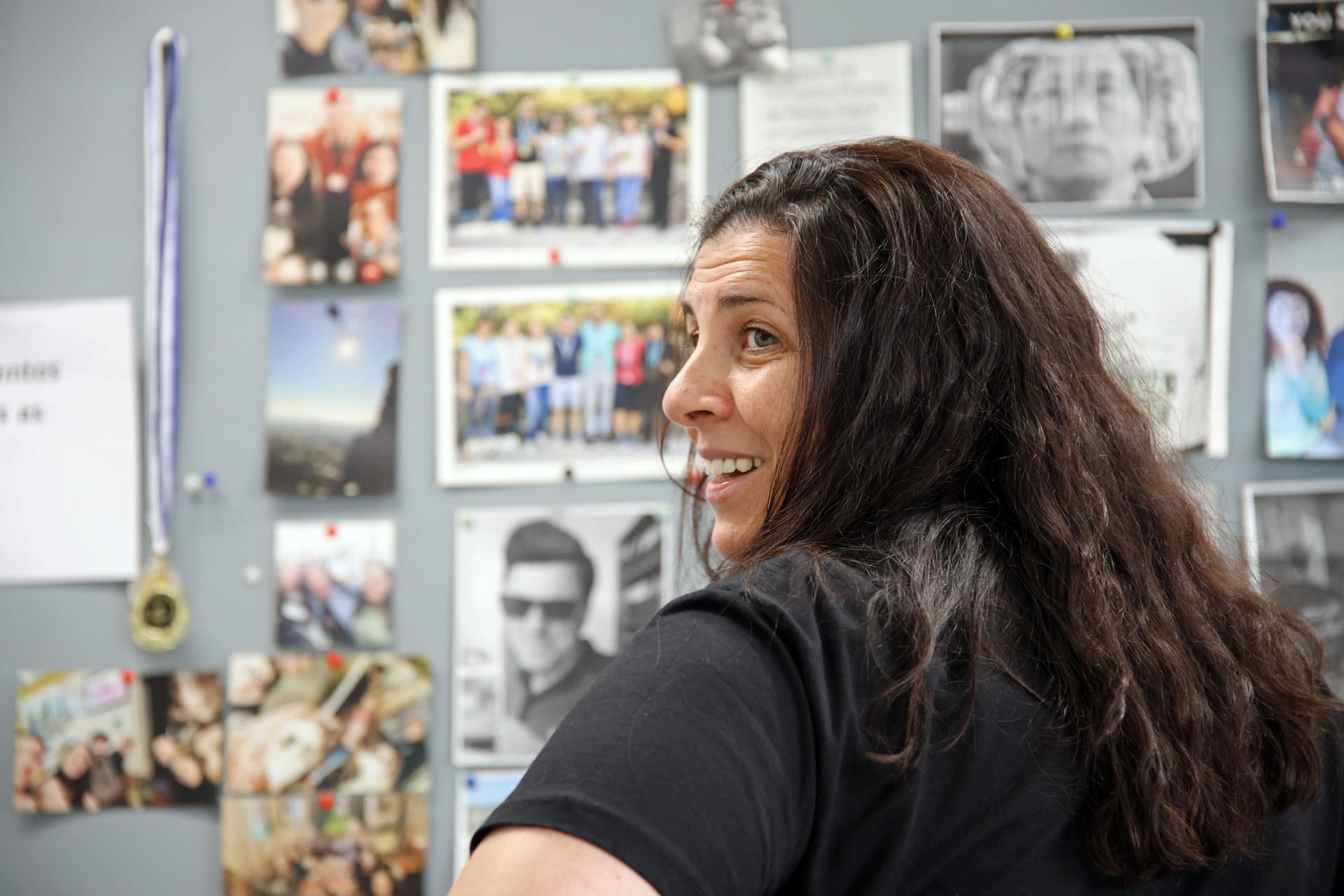
 News, current topics, curiosities and so much more about INESC TEC and its community!
News, current topics, curiosities and so much more about INESC TEC and its community!